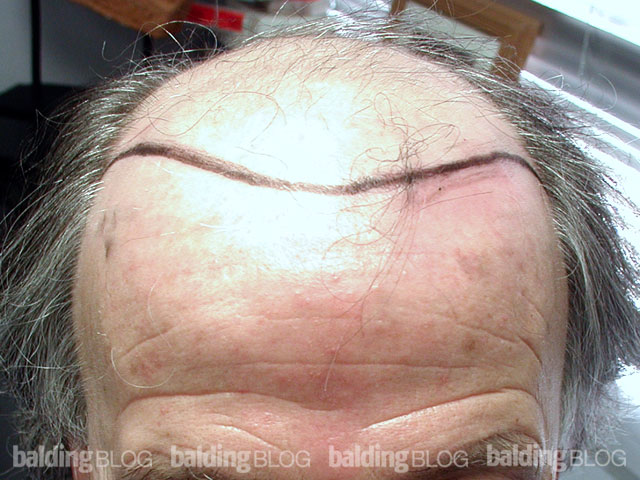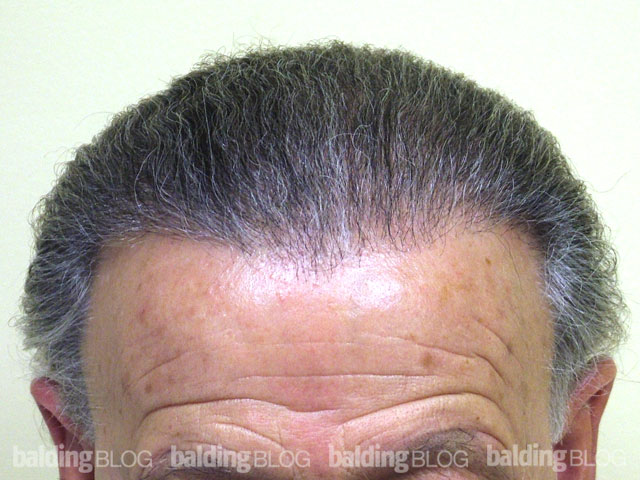Hi,
I am a 52 year old African American female, who has had the struggle of being bald most of my life. When I was 12 I had a severe case of chicken pox, and left me scarred all over. Fortunately, I recoved with the skin, but the disease left large bald spots all over my scalp. I have worn wigs .. seems like forever.
The problem is no one has ever been able to help me through the years, and the wigs that I always wore, are taking out the remaining hair I have left on my head.
Is there someone I can see, to help me with this problem. I have used medications, hair weaves, etc to no avail.
Thanks
Wearing a wig for many years can cause further hair loss as a result of the traction caused by the wigs. Traction Alopecia is common in wig wearers, those who wear turbins, and even in those women who pulled their hair into tight pony tails. Send your photos or if you are planning a trip to Los Angeles, visit my office so that I could better evaluate your situation. There are a few questions I need to answer, but can’t do so until I can see your hair loss. These questions include: What is your donor supply like? Is there enough hair for redistribution with hair transplants?
2006-01-18 08:35:052006-01-18 07:08:44Hair Loss from Wigs




